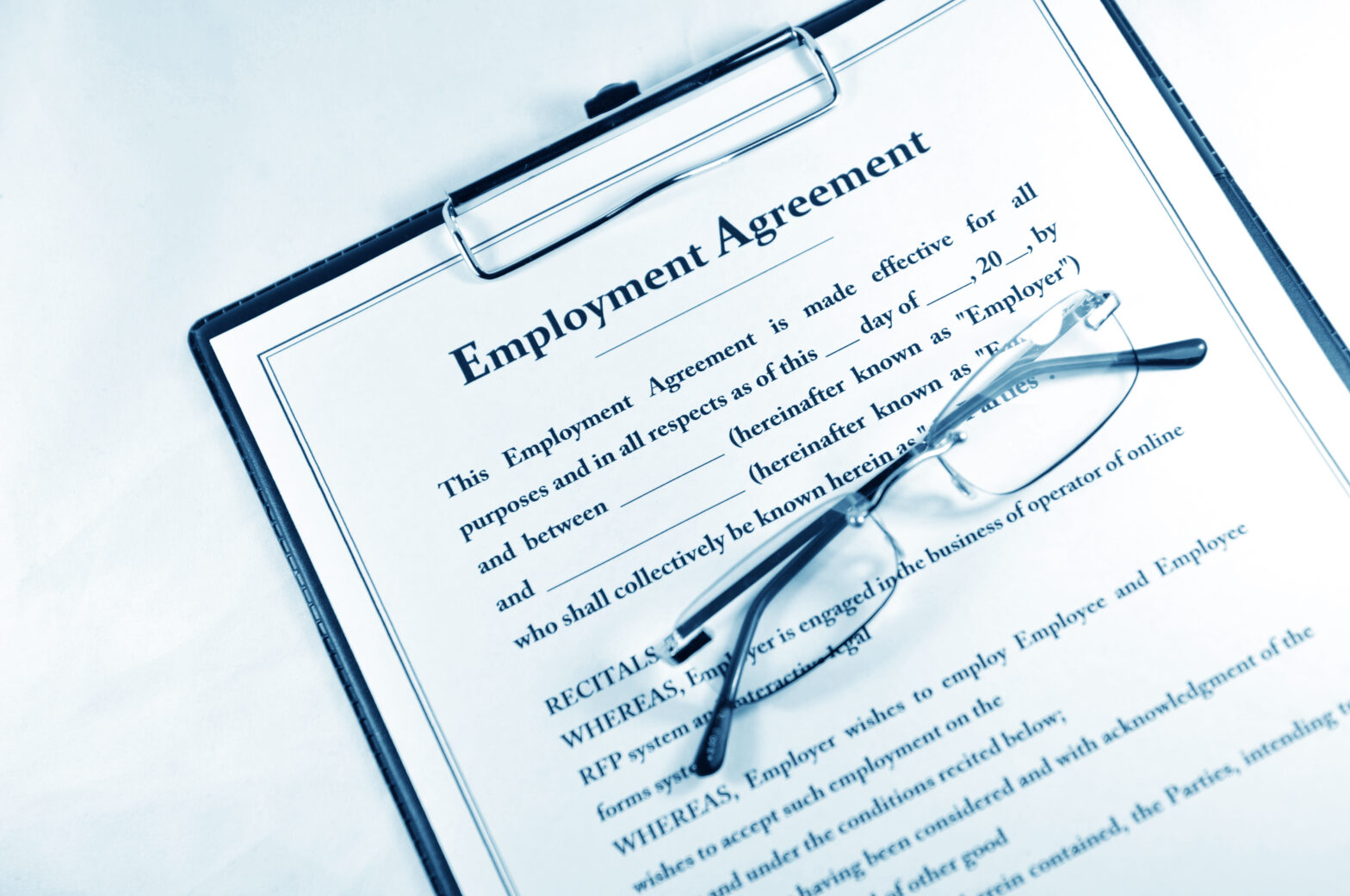Bringing someone’s employment to an end is not a decision to be taken lightly and unless you happen to be Alan Sugar on the BBC’s The Apprentice, you can’t simply bark an angry “You’re fired!”. Employees have rights and as the employer, you have certain obligations.
This article from SmallBusiness.co.uk and Peninsula Business Services describes the problems and explains how to avoid them to ensure red tape supports you rather than stifles you.
Employee rights and dismissals
By far the majority of cases are lost at Tribunal because of failure to follow a fair procedure to sack the individual, not because the individual did not deserve sacking. It is interesting to note that for small employers 80 per cent of lost Tribunals are due to failings in procedure.
The Employment Rights Act 1996, stipulates that there are only five potentially fair reasons for dismissal – misconduct, lack of capability (including false qualifications and health reasons); redundancy; a legal prohibition or ban and, rather vaguely, ‘some other substantial reason’.
Disciplinary hearings
If you intend to give an employee a disciplinary hearing, you should give clear notification and sufficient detail, long enough before the hearing to enable the employee to prepare themselves properly.
Employees must be allowed to have a colleague, or their union representative, accompany them during the hearing. The cause of dissatisfaction should be described and the individual allowed to respond in full before being challenged on anything they have said. If there are witnesses they must be brought in to state their evidence and the employee must be allowed to challenge it. As the employer you should also make sure you have a witness with you and that they take detailed notes.
It is wise not to reach a decision about a potential dismissal there and then. Think about it overnight, particularly if this is the last stage in the procedure following warnings and the individual is potentially about to be dismissed.
The decision should be relayed to the individual at another meeting and confirmed subsequently in writing. Such confirmation, including what would happen if there is a re-occurrence of the behaviour that led to the hearing, must contain details of the right to appeal and how to do so.
An appeal can take the form of a complete re-hearing or just deal with the issues appealed against. The format is broadly the same as for the original hearing and should follow what is laid down in your contract.
Fair’s fair
Employees have the right to claim unfair dismissal after one year’s service. Yet there are two further rights to which an employee becomes entitled at that time; the right to written reasons for dismissal and the right to parental leave.
If you want to avoid being taken to Tribunal in this way, it is vital to ensure that all employees have a contract of employment statement, supported by a handbook, to define terms and conditions of employment. Especially with regard to disciplinary rules and procedures, including an appeal procedure.
Employees must know of their rights and obligations under these procedures and an employer should be able to prove that they do – a signed induction checklist is enormously helpful in this regard.
There is now a statutory disputes resolution procedure, which lays down a minimum procedure for fair dismissal. Yet fairness is a vague term, which varies depending on your position.
Generally speaking, Tribunals are won in the workplace, not in the Tribunal room. By having clear rules and procedures, known to and understood by everyone, you should be able to avoid one altogether. These rules and procedures must be enforced continuously and without exception.
Facing a Tribunal where you have not even issued contract of employment statements, where rules are not published or known and no form of fair or consistent procedure has been followed, is a recipe for disaster.
Whilst it does take time, effort and money to set up everything properly, it does result in a more controllable and controlled workforce and a sound platform for the defence at Tribunal, should it arise.





